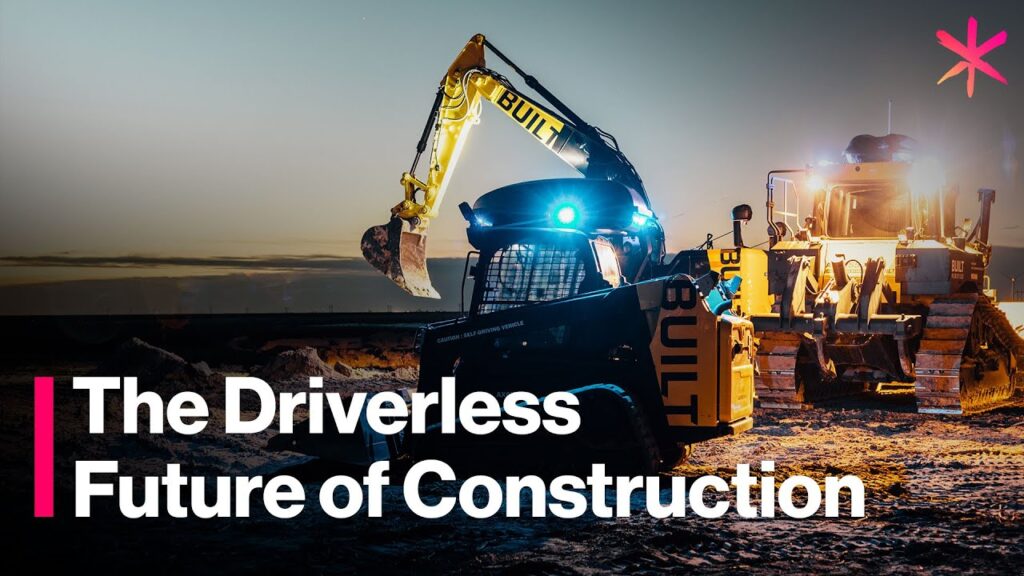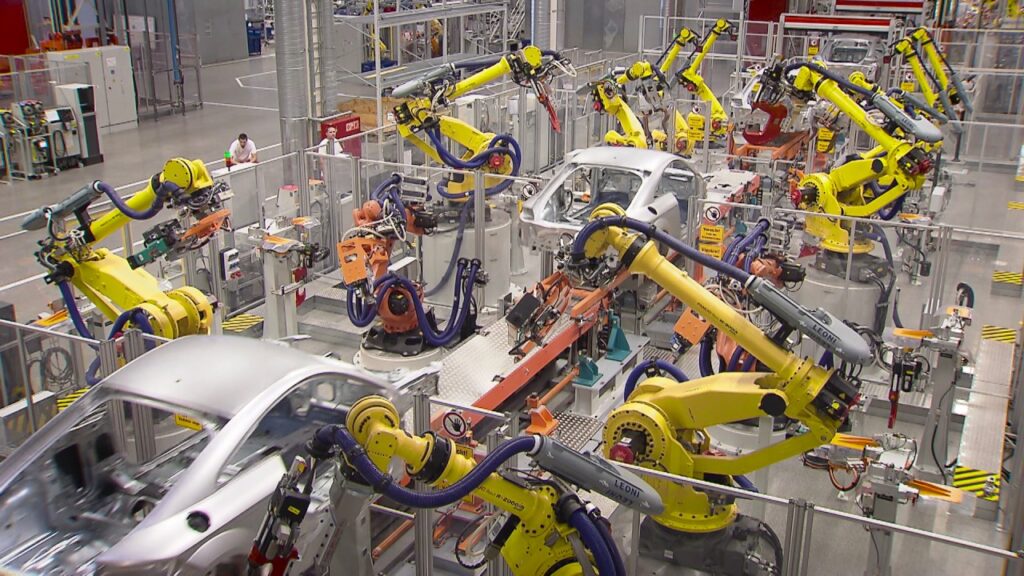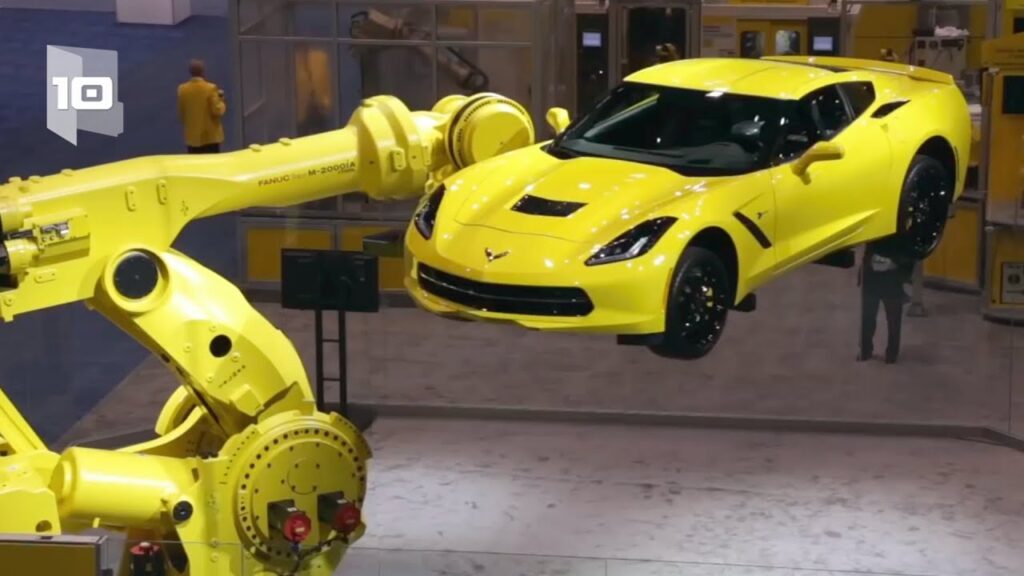As we look towards the future of construction, it becomes increasingly evident that automation and robotics will play a significant role in transforming the industry. With advancements in technology and the rise of industrial robot manufacturers, construction robotics are poised to revolutionize the way we build. In this article, we will delve into the exciting realm of construction robotics and explore the potential they hold for the driverless future of the construction industry.
The rapid progress in robotics has opened up new horizons for the construction sector. From automated bricklaying to autonomous excavators, these industrial robots are making their mark on construction sites all around the world. With their ability to perform repetitive tasks with precision and efficiency, construction robots are contributing to increased productivity and reduced labor costs.
Industrial robot manufacturers are at the forefront of this movement towards automation in construction. Companies like Universal Robots, Kuka, and ABB have been developing robotic solutions specifically tailored for the construction industry. These robots are designed to handle a wide range of tasks, including welding, drilling, painting, and even 3D printing of structures.
One of the key benefits of using construction robots is the improvement in safety conditions on construction sites. By taking over hazardous tasks, such as working at heights or handling heavy materials, these robots minimize the risk of accidents and injuries. This not only ensures the well-being of workers but also leads to cost savings for construction companies in terms of insurance premiums and compensation claims.
Moreover, construction robots are capable of working non-stop, twenty-four hours a day, seven days a week. This level of efficiency and productivity results in faster project completion times and improved overall construction quality. Robots do not experience fatigue or distractions, allowing them to maintain a consistent level of performance throughout the entire construction process.
As we envision the driverless future of construction robotics, it is important to consider the potential impact on the job market. While automation may lead to a reduction in certain types of jobs, it also opens up new opportunities and creates a demand for specialized skills. Workers can be trained to operate and maintain these robots, ensuring a smooth transition towards a more technology-driven construction industry.
In order to fully embrace this driverless future, it is crucial for construction companies to adapt and invest in the necessary infrastructure and training. Collaboration between industrial robot manufacturers, construction firms, and regulatory bodies is essential to set standards, guidelines, and ensure the safe integration of these robots into construction sites.
The shift towards construction robotics is not without its challenges. There are concerns regarding the upfront cost of acquiring these robots, as well as the compatibility with existing construction processes and systems. Additionally, there may be resistance from workers who fear losing their jobs to automation. However, by demonstrating the benefits and providing training opportunities, these challenges can be overcome.
In conclusion, the rise of industrial robot manufacturers and the implementation of construction robotics are transforming the construction industry. These robots have the potential to enhance productivity, improve safety conditions, and accelerate project completion times. While there are challenges to be faced, the driverless future of construction robotics holds great promise for the industry. By embracing automation and investing in the necessary infrastructure and training, construction companies can ensure they remain at the forefront of this technological revolution.
Industrial Robot
“The Future of Construction: Unveiling Driverless Technology and Robotics Revolutionizing Industrial Manufacturing”


